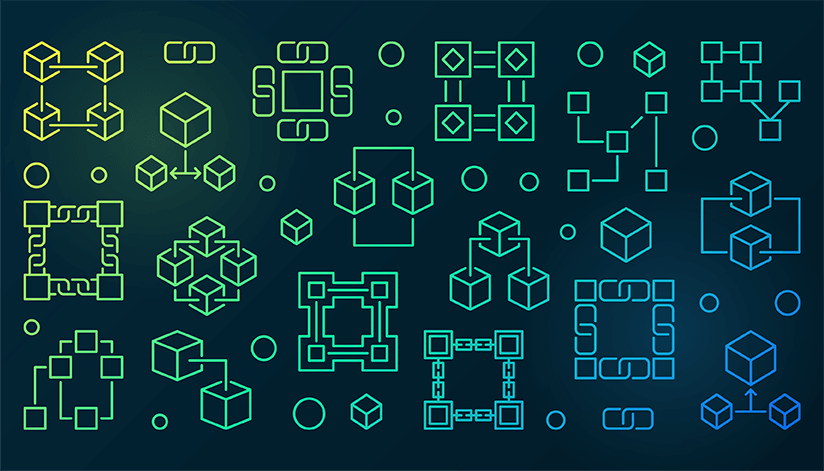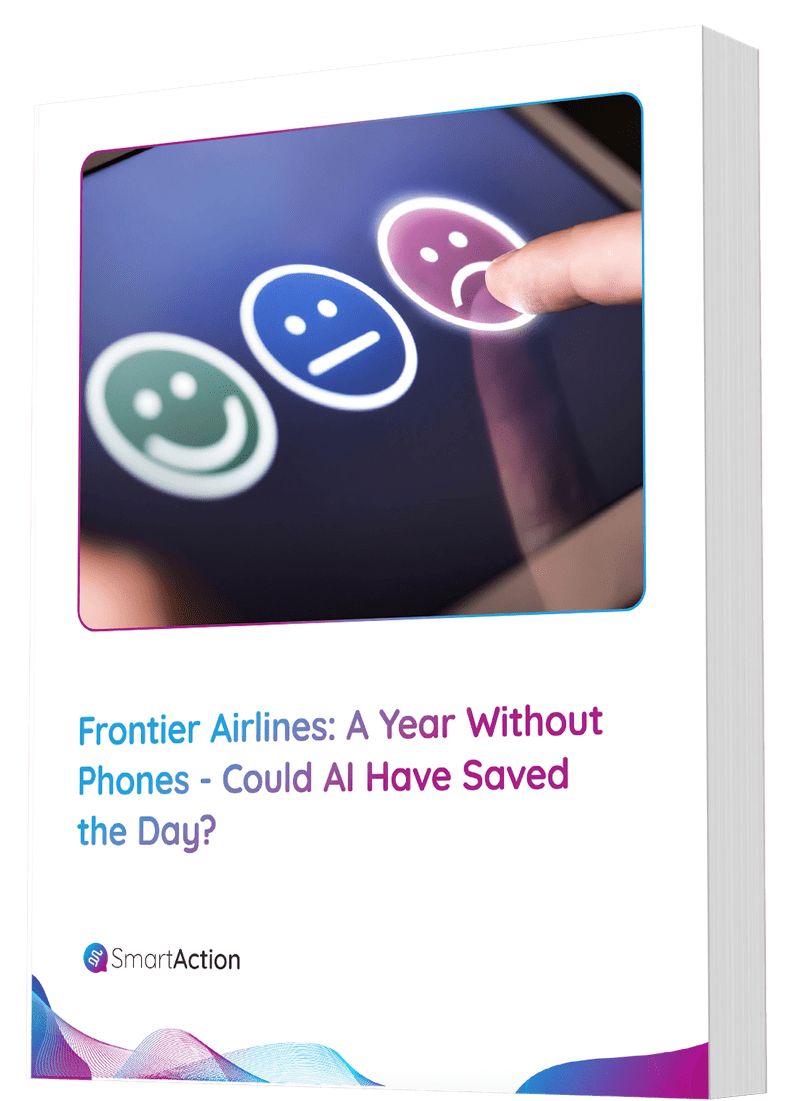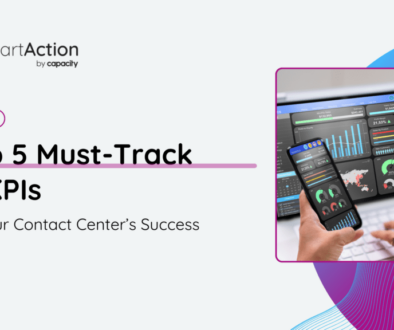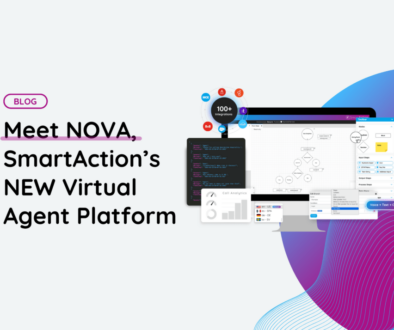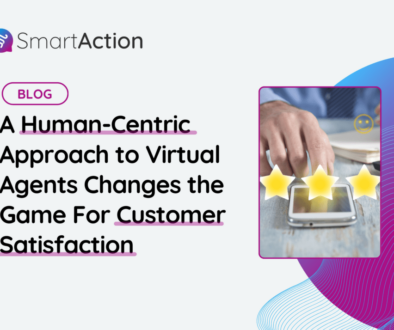Going Digital: The Building Blocks for Successful Chat Support
At the recent Tech Growth & Innovation Conference hosted by Gartner, many of the industry’s leading analysts presented on how businesses across the world needed to go digital. No matter which element of the business, finding ways to improve and optimize processes using digital technologies is a must. In customer care, the messaging-based channels are often referred to as the “digital channels,” and they include web chat, SMS text, Facebook Messenger, Skype, and many other chat platforms.
In going digital with your customer experience, which many organizations have done already or plan to do in the near future, it is important to understand the necessary building blocks to making these channels successful in providing the level of support your customers expect. These considerations affect people, process, and technology, and may feel overwhelming at first. But you must understand the foundation in order to deliver the effortless and exceptional experience your customers want. Let’s discuss the building blocks to providing great customer support in chat and other digital channels.
The first building block is customer-focused. You must identify how your customers will find out that you offer support in the digital channels. Many companies place pop-up windows on their websites to proactively offer chat; others send notifications out through email/snail mail to inform their customers about new capabilities like SMS text. Oftentimes, when making a purchase, you will be offered an “Opt-in to text messages” checkbox. No matter how you prompt your customers to use message-based channels, they will need education about how to use them as well. When customer expectations do not match the capabilities of the service offering, it creates a gap that causes frustration. For example, if your customers expect to open a chat window online to ask questions about their account, but your web chat is a bot that can only direct customers to specific web pages, customers will get frustrated and make phone calls to the contact center. This agitation is avoidable with the right education upfront.
Naturally, another building block is choosing the channel of service. If you have not deployed any digital support yet, consider demographics of your customer base before doing so: are they more apt to text than chat online? Do they use Facebook? This will help you choose the right strategy for the right channel; in other words, using a good balance of automation and live agents to provide optimal customer support. The channels typically used are:
- Web Chat
- SMS Text
- Facebook Messenger
- Skype
- Other Messaging Apps (WhatsApp, Kik, etc.)
Consider that scaling the offering, especially if it is a chatbot, across these different channels can be a large effort. As mentioned above, a successful digital strategy involves some combination of automation (i.e. chatbots) and humans. In order for the strategy to succeed, however, you will need to identify how agents will pick up where chatbots leave off. The best example is actually the phone channel, where Computer Telephony Integration (CTI) provides information from the IVR to the agent. The same can and should be true for the digital channels, which leads to the next building block: the agent platform.
Several hosted contact center platforms offer chat interfaces for your agents. This platform is key to reducing channel switching and the need to repeat information over and over again, which ultimately saves your business time and money. A strong experience looks like this:
- Customer engages with your chatbot on the web.
- Chatbot authenticates the customer and determines she wants to upgrade her service.
- Chatbot pushes the conversation to a chat agent, who sees that the customer is authenticated and wants to upgrade.
- Agent continues conversation seamlessly, helping customer upgrade without needing to provide any additional authentication or account information.
In order for that experience to go smoothly, you must consider the data integrations—another building block—needed to authenticate customers. Even if you are not authenticating, integrating your systems is very important to giving customers quick and easy service. This way, your bots and agents are enabled with the right information to keep conversations moving forward and ultimately towards resolution. System integrations could include CRM, ERP, ecommerce, logistics, and more. To reduce in-house IT effort, identify the most efficient and effective ways to perform those integrations. Using pre-built APIs is an ideal way to connect.
The next building block is all about people, your most important resource in the contact center. Generate a robust staffing plan that addresses all of the components to providing great service, such as hiring, training, handling and escalation procedures, retention, SLAs, and more. You will likely find that simply shifting phone agents into chat is not the answer; chat culture is different than phone culture, not to mention that you lose the added context of voice inflection when conversing on digital channels. All of these considerations will help you put competent and successful agents on the floor. There is an added benefit as well; with clearly defined scripts and procedures for agents, much of the chatbot development decisions are already made, as you can mimic what is being done by agents. You can find out more about that process in our best practices guide.
The last building block we will address here is about measurement. In order to prove success and identify challenges, you will need specific reporting that looks slightly different from the phone channel. The main areas on which to report are Volume, Loyalty, and Success, and within each bucket are individual metrics to track. See below for a more detailed look at the metrics.
| Volume | Loyalty | Success |
|---|---|---|
| Users | CSAT | Finishes |
| Engagement | NPS | Success |
| Sessions | CES | Sessions Per User |
| Abandonment | First Contact Resolution |
To recap, the building blocks we outlined today are:
- Informing and educating the customer
- Choosing the right strategy for the right channel
- Using an agent platform for seamless conversations
- Developing a staffing plan
- Measuring your performance
Feeling overwhelmed? Schedule an appointment with one of our customer experience specialists who can help you identify where and how to get started, specifically with automation that you can use as a baseline for success.
For the curious mind, check out our white paper, How to Excel at Chat Support, which dives deeper into these and other building blocks for effortless service in the digital channels.

